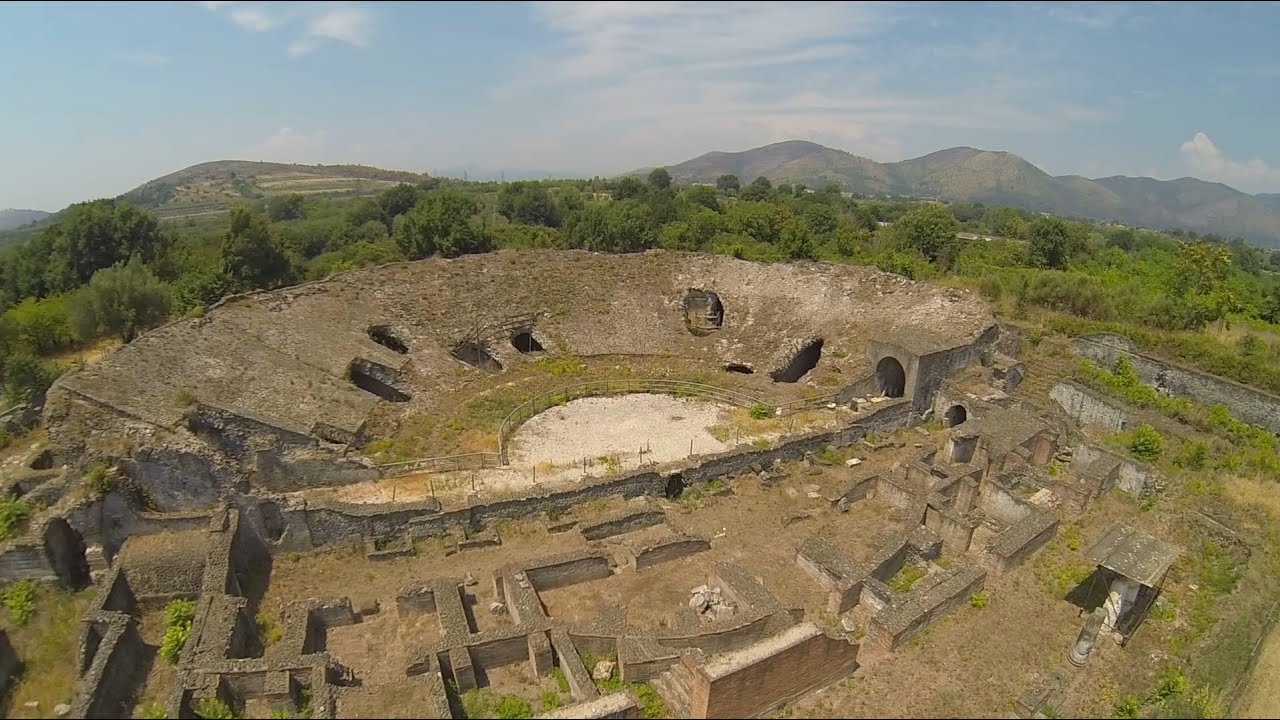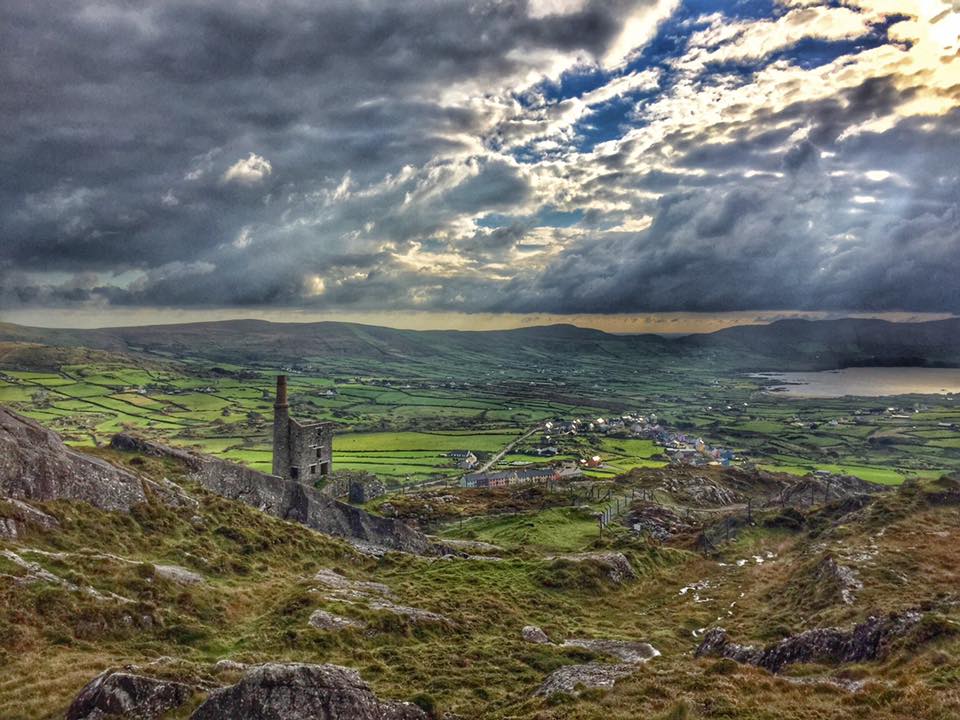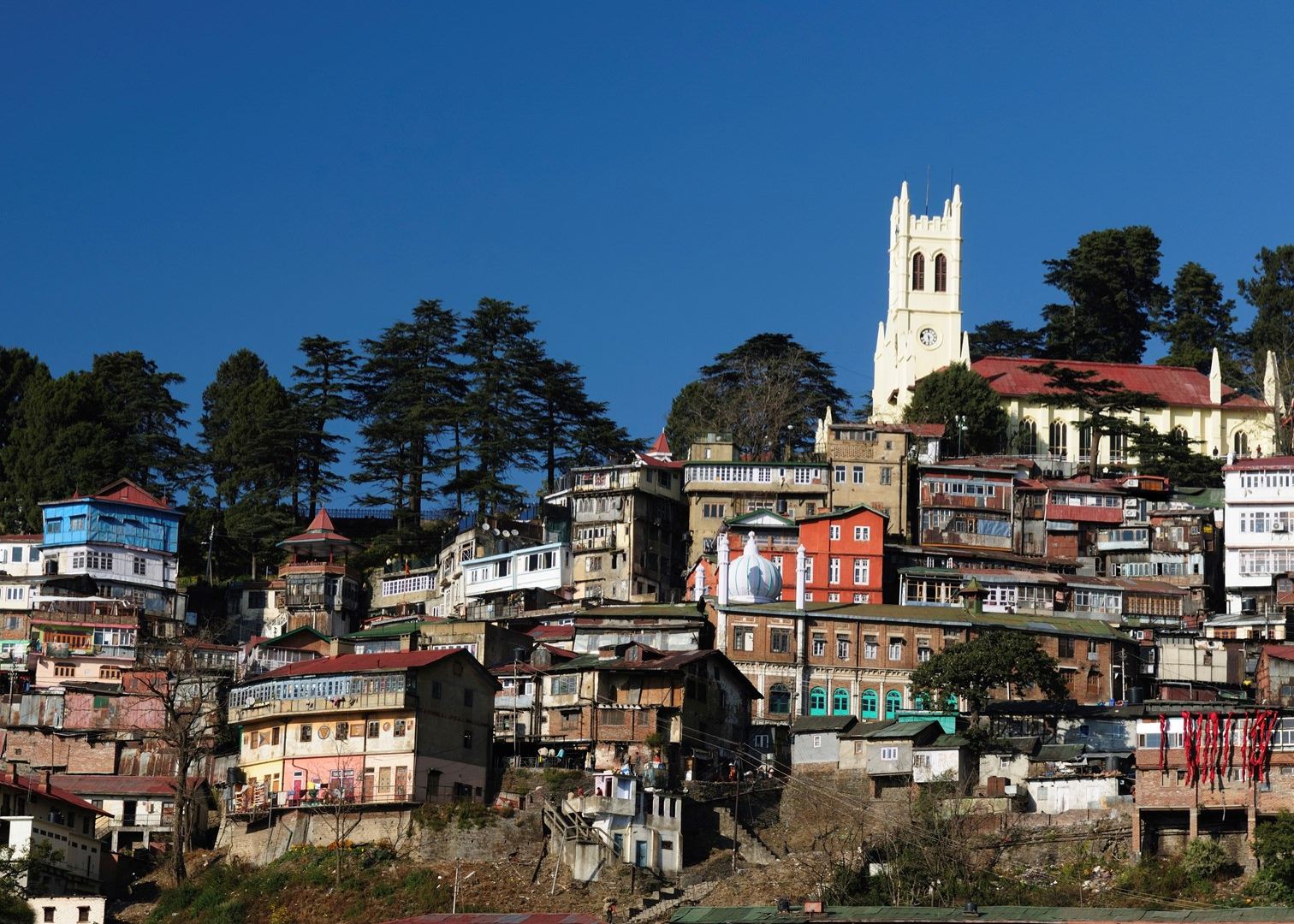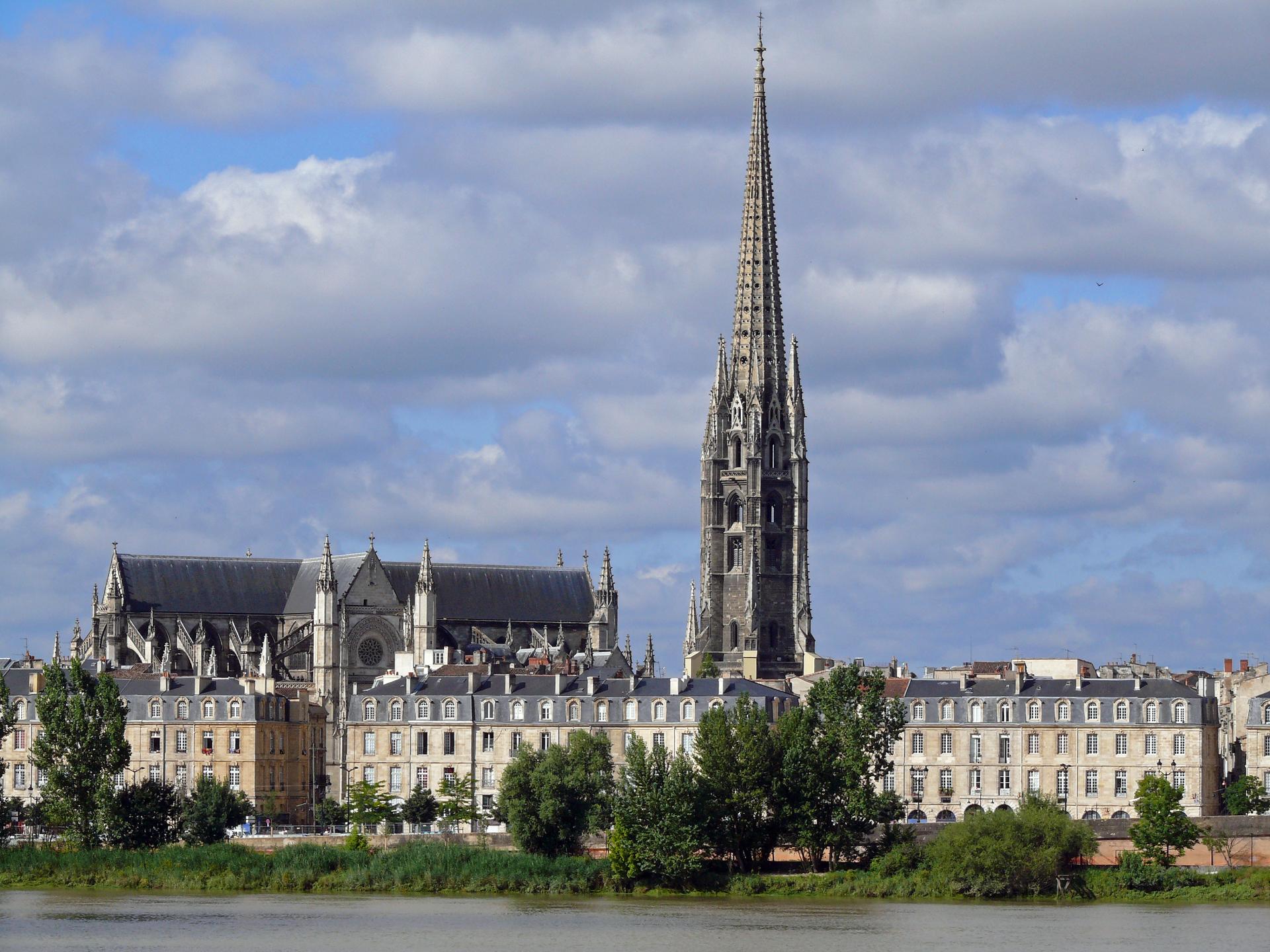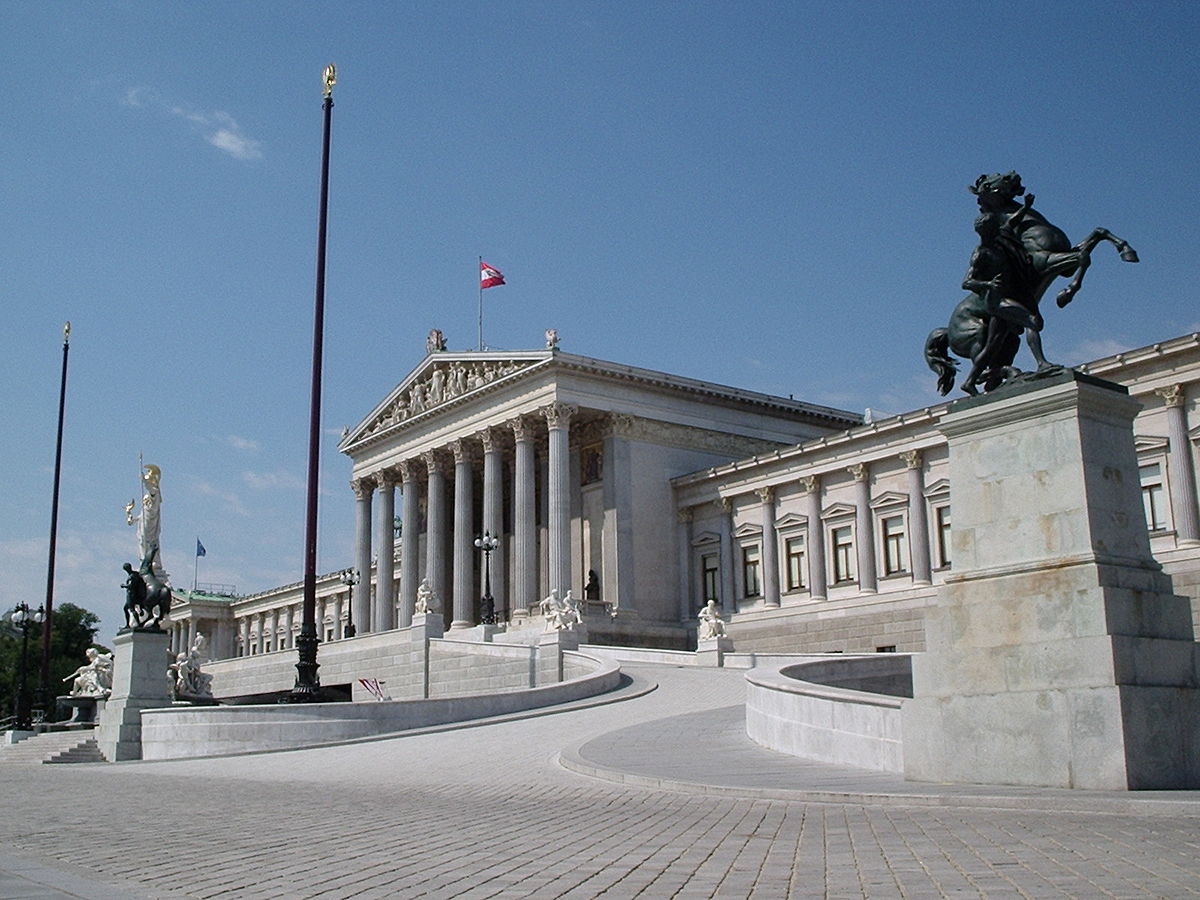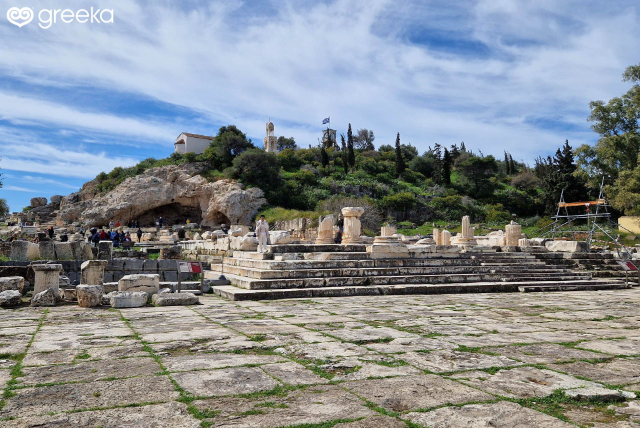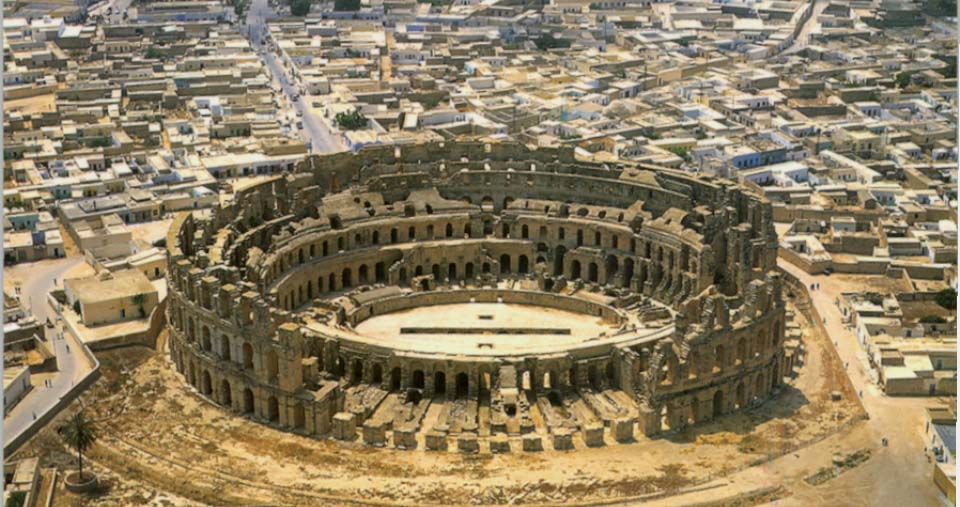The ancient Cales, founded by the Ausoni on a long plateau surrounded by the streams Rio de’ Lanzi and Rio Pezzasecca, near the present day Calvi Risorta, was a Roman colony from 334 B.C., in charge of controlling the area on the northern borders of ancient Campania and the access roads to Lazio and Sannio. Evidence relating to the protohistoric, archaic and pre-Roman phase of the inhabited area has emerged in the investigations carried out during the last decade of the twentieth century during the extension of the parking areas at the service of the Autostrada del Sole, which crosses the urban area, as well as in the excavations carried out in recent years to contrast the devastating work of the illegal immigrants inside the surrounding necropolis, where important funerary objects from the archaic age have been recovered. Interesting archaeological evidence remains of the ancient city, which is preserved in all its extension even though it is cut off from the motorway, even if not clearly legible: the city walls with six gates, some stretches of which dating back to the fifth century BC are built in square works, and the so-called Ponte delle Monache (Nun’s Bridge), dug into the tuffaceous bench to allow the passage of the road towards the ager Falernus, where a building belonging to an urban sanctuary with votive offerings has recently been explored. But among the most conspicuous surviving testimonies, all of which date back to the Roman age, it is worth remembering: the Amphitheatre, datable to the first century B.C. with successive phases of the Imperial age; the complex of the central baths, also datable to the beginning of the first century B.C., which preserves almost all of the rooms, some still with stucco decoration; and that of the Northern Baths, dating back to the 1st-2nd century A.D., whose remains arranged on three levels are visible along the cardo maximus (main road axis) of the ancient city, coinciding with the route of the Via Latina which connected Teanum with Capua. Not far away are the ruins of a castellum aquae and a temple building on a podium of the imperial age, probably to be identified with the Capitolium of the Forum. Of great importance also for its ancient dating is above all the theatre, whose first layout seems to date back to the 2nd century B.C. as confirmed by some walls in opus incertum identified in the parodoi (entrances at the sides of the orchestra), but affected by subsequent renovations in the Augustan age (1st century B.C. – 1st century A.D.).), consisting in the enlargement of the proscaenium and the construction behind it of a monumental basin, identified during the excavation and restoration work carried out in recent years; these interventions also involved the cavea, built on double arched tunnels in opus reticulatum and completely brought to light although now without the steps, accessible by internal and external double ramp stairs located along the arched facade of the building.
